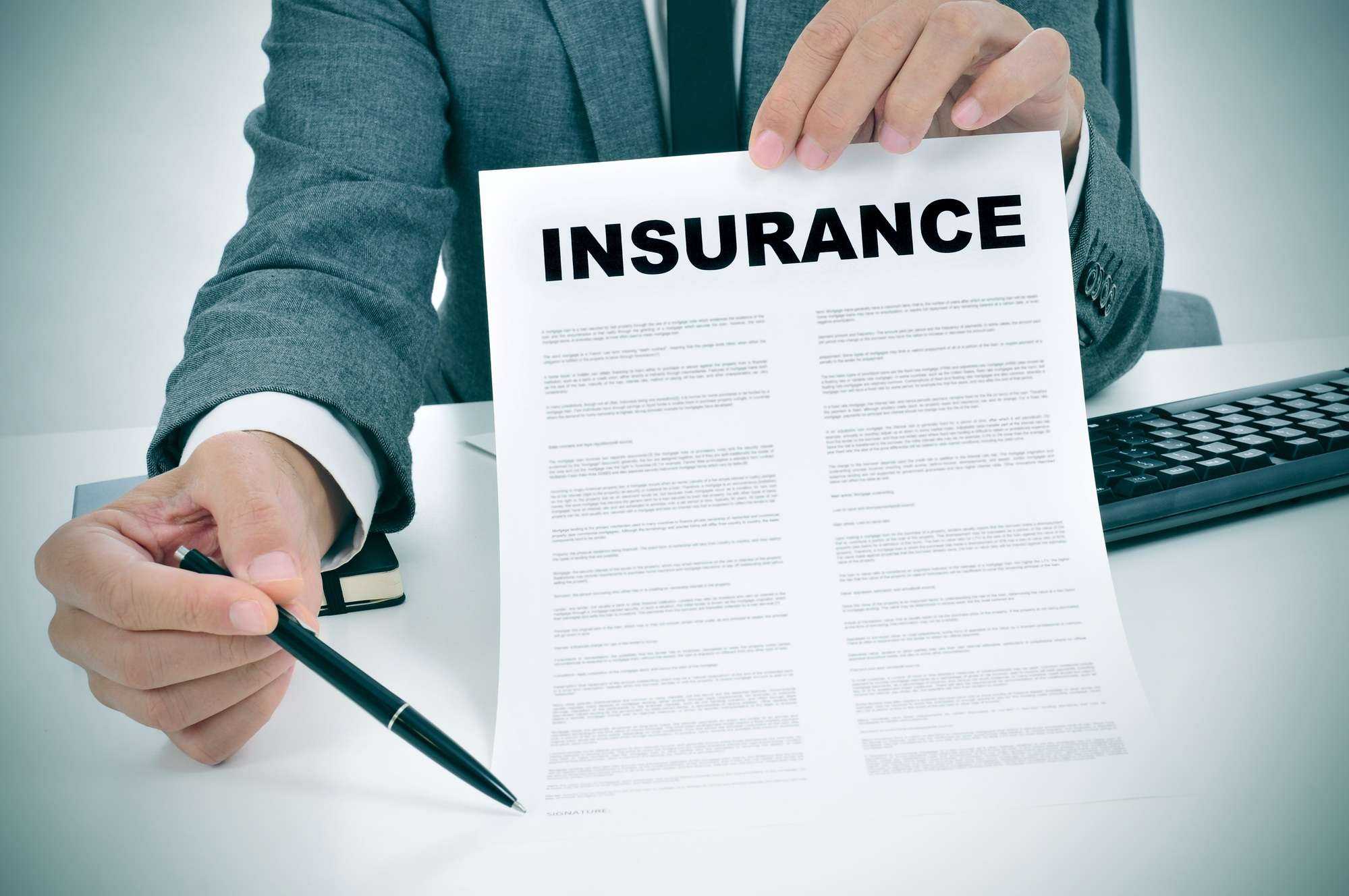BY ANDREW STEWART
When you think about getting something to eat, is it your preference most times to go inside the establishment, be welcomed and seated, look through a menu, and take your time eating. Or would you rather stay in your car, order from a predictable menu and be on your merry way in less than ten minutes. You see the difference between applying for a fully underwritten product life or health insurance product or a non-medical product is very similar. In this article I will talk about:
- The difference between guaranteed issue, non-medical, simplified issue
- Who this insurance is the best fit for?
- Debunk some myths
- What it means if you are new to Canada
Non-medical insurance products are a great alternative for Canadians who cannot, or simply don’t want to go through the hoops of applying for insurance. By design they are intended to make the application process less intrusive and make it accessible for those who cannot qualify for standard products.
- With guaranteed issue underwriting medical exams is not required, also there are no medical questions. The coverage amounts are low usually up to $25,000 but with high premiums. You are guaranteed approval and your premiums will never go up. There is a 2-year deferred coverage period. The death benefit is limited to a return of premiums plus 3% simple interest if death occurs by other than accidental means in the first two years.
- Non-medical underwriting medical exams are also not required. There are some medical questions to answer and it is possible to qualify for up to $1,000,000 of coverage. The premiums are more affordable, and coverage is immediate and deferred.
- With simplified issue there are some underwriting medical questions to answer. The maximum coverage amount is $500,000 and the premiums are competitive. Coverage is fast and immediate.
So how do we determine if you fit and should apply for a drive-through insurance plan? By asking some key questions. Some questions I like to ask my clients and you can ask yourself are:
- Have you applied for insurance before and did you have a negative experience?
- Were you rated or declined for medical conditions such as diabetes, cancer, heart disease, or high BMI?
- How soon would you like your coverage in place?
- Are you ok with paying a bit more to avoid a medical?
- Do you have concerns about your health?
Alright let’s start debunking some myths. “Non-medical products are not for healthy people” These products are not just for the hard-to-insure. They are for customers who are looking to get quick coverage and who want to avoid medicals for whatever reason. “Non-medical products are different than traditional products” These products provide the same great guarantees, options and protection. Often the only real difference is higher risk tolerance and a simpler application process. “Non-medical products don’t pay at time of claim” Insurance carriers pay non-medical claims the same way they pay traditional claims.
Are you new to Canada? You came for the opportunity to start a career and buy a home for your family. But have you checked off getting insurance? Non-medical products are great for:
- Convention refugees
- Holders of an open work and study permit
- Caregivers or nannies
- Physicians
- Investors, entrepreneurs and self-employed
It doesn’t matter where you are from or how long you have been here; there is a life insurance product for you.

